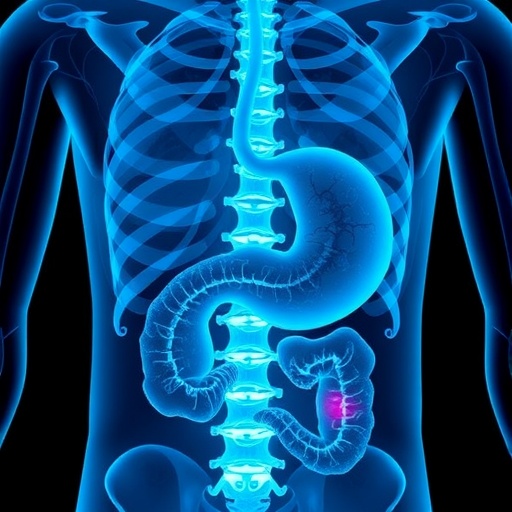
Credit: Lancaster University
Scientist have cast new light on the behaviour of tiny hair-like structures called cilia found on almost every cell in the body.
Cilia play important roles in human development and disease. Akin to tiny antennae, they act as cell timers keeping the brakes on cell division until the right growth cues are received.
Malfunction of cilia leads to many human diseases such as polycystic kidney disease and cancer.
In the study published in Developmental Cell, researchers from the Universities of Edinburgh and Lancaster developed a multi-component fluorescent biosensor that allows users to 'light up' both cilia and cells that are actively dividing simultaneously. This is important because the machinery that drives cilia growth and cell division are shared.
Dr Pleasantine Mill of the University of Edinburgh said: "This powerful new tool will allow us to investigate cilia function in human disease in unprecedented detail."
Cilia are important in embryonic development shaping the size of organs, like our brains and lungs. However in adults both loss and hyperactivity in these crucial signalling centres is implicated in cancer cell proliferation and migration.
Dr Richard Mort of Lancaster University said: "It has long been known that the cilia and cell cycles are closely linked but until now it has been difficult to image these processes in parallel."
The new biosensor will allow researchers to carry out fundamental studies exploring how changes to cilia length and dynamics affect the speed of division and of tissue development.
Joint first author Dr Matthew Ford said: "This new resource will shed light at an individual cell level on the interplay between the cilia and cell cycles in development, regeneration and disease."
It is hoped these studies will help researchers build a more detailed picture of cilia in human disease and help monitor novel therapeutic approaches.
###
The study was funded by the Medical Research Council and the NC3Rs.
Media Contact
Gillian Whitworth
[email protected]
01-524-592-612
http://www.lancs.ac.uk
Related Journal Article
http://dx.doi.org/10.1016/j.devcel.2018.10.027





